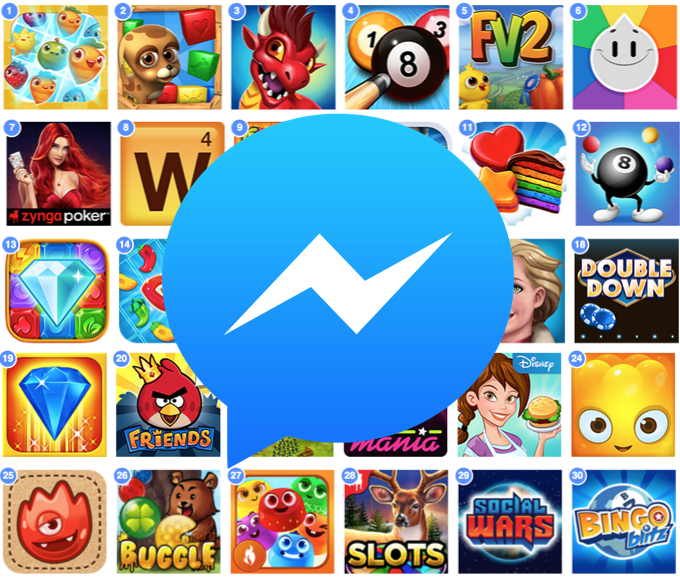
Facebook Messenger’s quest to own all the ways you connect with friends is now expanding to games. Today I spotted “Doodle Draw Game” in the Messenger platform app list, and Facebook says this is the first true game available since the platform launched in April.
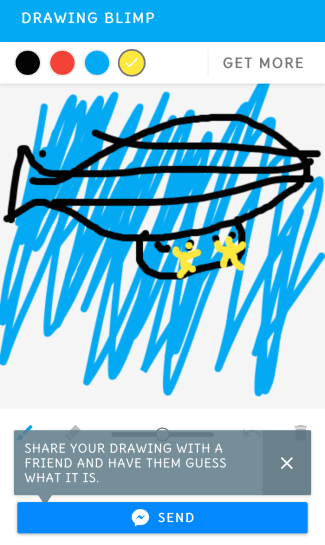 Initially, Facebook only allowed content creation apps like GIF and sound effect makers on the Messenger Platform. The closest thing to a game was Talking Tom, which lets you choose a cartoon avatar to deliver your video message.
Initially, Facebook only allowed content creation apps like GIF and sound effect makers on the Messenger Platform. The closest thing to a game was Talking Tom, which lets you choose a cartoon avatar to deliver your video message.
But before the platform’s launch, sources told me Facebook was interested in eventually expanding it to a broader set of experiences, including utilities and games if test data looked good. Last month The Information reported Facebook was actively considering how games would fit in Messenger.
Facebook tells me “Currently, we think Messenger Platform is best suited for apps that focus on content creation and curated content. But one of the reasons we were excited to announce at F8 that Messenger Platform is open to all developers is to see what people build. From there, we’ll think about what else might make sense.”
Doodle Draw for iOS and Android will be familiar to anyone who played Draw Something…because it’s a blatant copy of the 2012 flash in the pan mobile game that got acquired by Zynga for an exorbitant price. Don’t feel too bad for the fallen games giant, though, as Draw Something was just a mobile version of the classic party game Pictionary. You can download app developer Clay‘s Doodle Draw here, by tapping the “•••” button in a Messenger chat thread to open the platform app list.
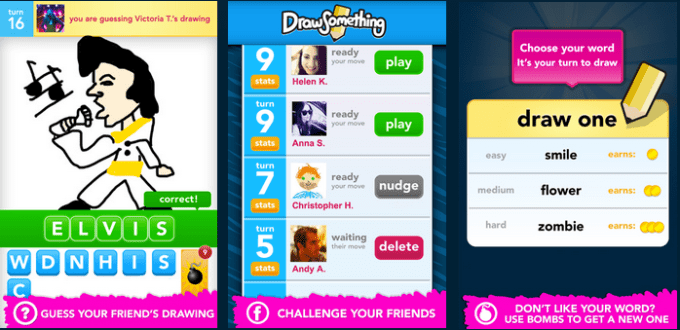
Doodle Draw is an obvious clone of this game, Draw Something
Doodle Draw suggests a few things for you to draw, which you then scribble out with a limited set of colors and send to a friend. They have to guess what you drew. Players can earn points by playing to buy more colors, but you can easily imagine the ability to buy this in-game currency for real money down the line.
It’s unclear whether Facebook would one day earn a cut of such revenue, but for now it’s not taxing other Messenger apps like Ultratext that sells premium filters.
Years ago, Facebook’s 30 percent tax on games on its desktop canvas game platform earned it some significant dollars. Game payments have signficantly shrunk as a share of Facebook’s revenue, though. On mobile, Facebook Messenger’s focus seems to be driving engagement and platform lock-in with the social network while the main Facebook app’s ads are the bread-winner.
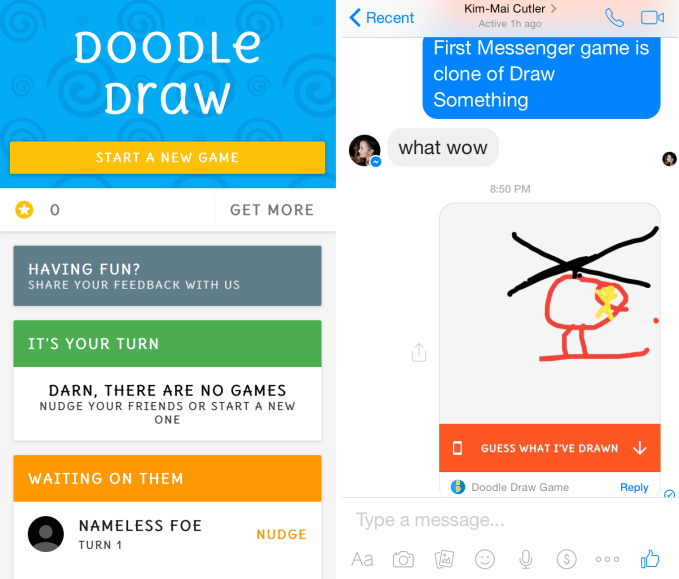
Done right, Messenger could foster an ecosystem of social games that rely on private messaging and keep users coming back to its chat app. These games would ideally benefit from being part of a chat thread and fit in naturally. In Doodle Draw, you could message and laugh about each other’s mangled depictions.
But done wrong, these games could spawn Messenger spam the same way Facebook desktop games polluted the News Feed. Companies like Zynga developed exploitative game mechanics where you earned in-game rewards for inviting friends and pestering them to play with requests and News Feed posts. It got so bad that Facebook almost entirely shut off these viral channels to avoid ruining the feed for everyone, and social game companies were hit hard by their diminished ability to recruit new users.
Doodle Draw is already leaning in a spammy direction, which is worrying. You earn in-game currency for getting people to play with you, which could incentivize sending tons of crappy doodles to slews of friends. [Update: You can’t earn currency through invites anymore. More on that below.]
Facebook might be wise to take a firm stance against incentivized invites or communication to prevent partners from building businesses on the model that they later have to change. At least apps can’t send messages on your behalf and there’s no “Send To All” button.
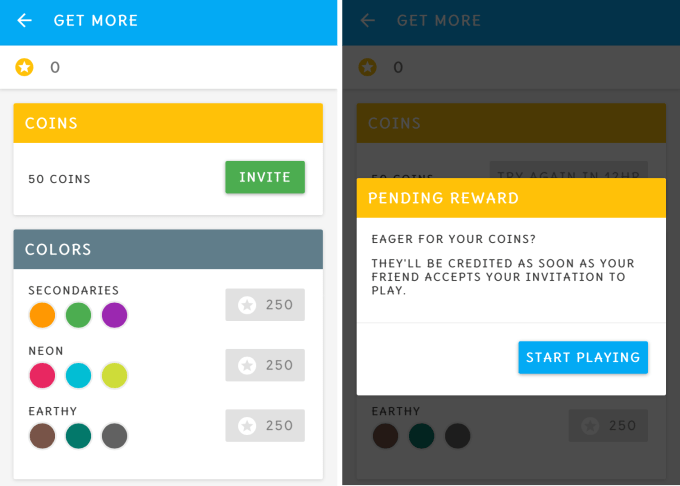
Instead, the value exchange should be that developers build non-spammy games on Messenger that grow its engagement, and in return, if merited by their quality, the games gain exposure and growth. Messenger has risen to over 600 million users and over 1 billion downloads on Android by eschewing the clutter and annoyances of Facebook’s main app.
To paraphrase The Social Network, Facebook doesn’t quite know what Messenger could be but it knows that, though not quite “cool,” people don’t hate it. That is a priceless asset it shouldn’t squander through game spam.










